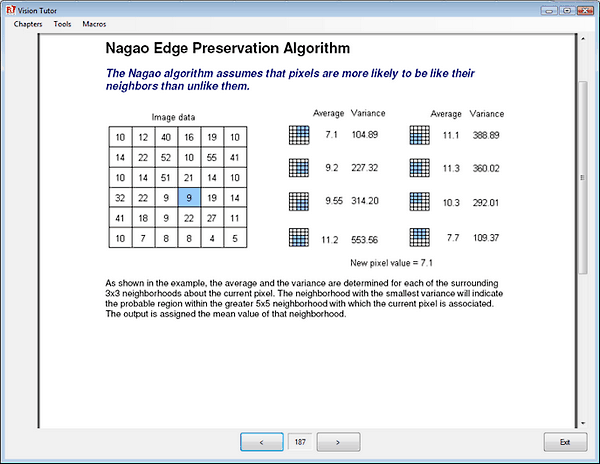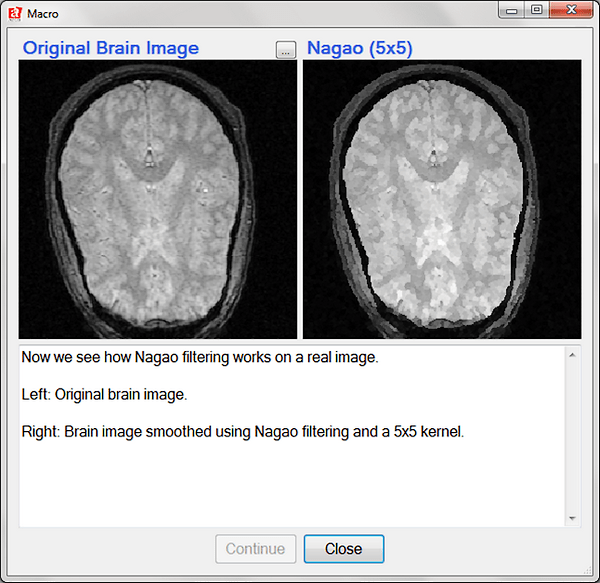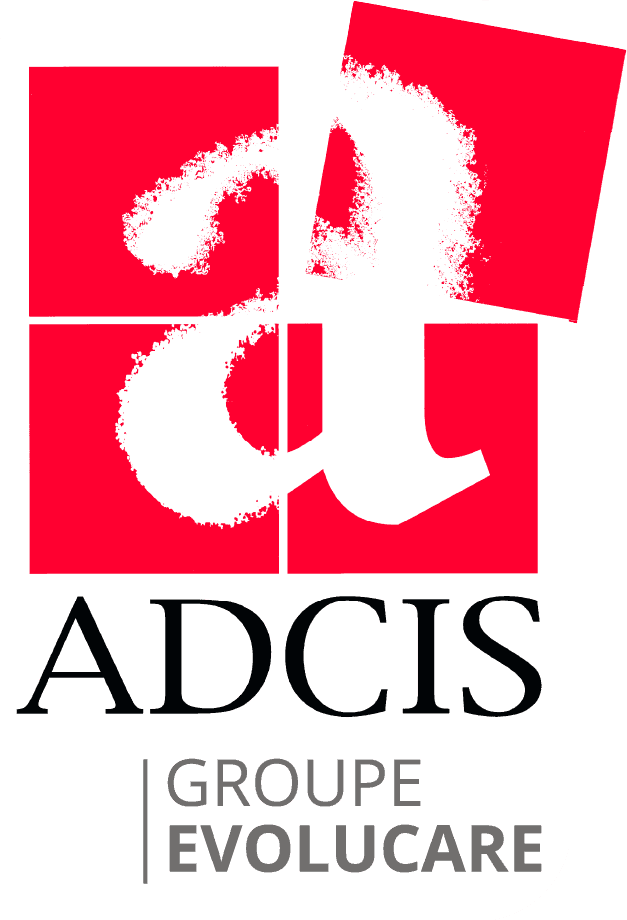Theoretical and Practical Computer Vision Course based on the Aphelion Library
Highly illustrated lecture Materials and Demonstration Exercises
The VisionTutor Computer Vision Course is a combined theory and laboratory program designed as an introductory course in image processing and analysis. The format of the course makes it possible for colleges, universities, research labs, and in-house trainers to present computer vision technology in a manner that will prepare students and end-users to understand and apply the algorithms and methods of this field.
The format of this course is unique, consisting of computer-based text, graphics, figures, images, and lab exercises that utilize a comprehensive image processing library. Image processing operators are demonstrated using a stand-alone application to execute the operators presented theoretically in the lecture materials, and applying them on a set of typical images, all within VisionTutor.
Components
VisionTutor consists of two major components: lecture materials, and demonstration exercises. The lecture materials provide written text including graphics for the topics covered in VisionTutor. They also provide on-screen links to the demonstration exercises to provide interactive demonstrations of concepts discussed in the text. These exercises are performed in the learning environment which is a stand-alone program derived from Aphelion™ Dev and constructed from elements included in the Aphelion SDK.

Lecture page example
Lecture Materials
The lecture materials are a set of PDF documents organized as seven chapters, averaging 80 pages per chapter. The lecture materials are based on a computer vision course originally given by Computer Science Professor Allen Hanson, University of Massachusetts at Amherst. The lecture materials provide text and illustrations for a college level, introductory course covering the concepts of computer vision, image processing, and image analysis to equip a student with working knowledge of key algorithms and methods used in computer vision. The materials can be used in a classroom environment or as part of a self-paced, interactive study.
When the lecture text introduces a new concept, a link to a demonstration of the concept is provided. Clicking on the link automatically starts the corresponding demonstration exercise running in the learning environment.
Demonstration Exercises
Each demonstration exercise includes instructive text and graphics, image displays, and a detailed description of the processing carried out in the exercise. At the completion of the exercise, the user is returned back to the page containing the link.
Through these exercises, the student gains re-enforcement of the concept’s theory through hands-on interaction with the exercise.
The demonstration exercises in VisionTutor are C# stand-alone projects that invoke imaging operators included in VisionTutor (and in Aphelion Dev and SDK).

Lab experiment
Learning Environment
The learning environment provides the tools needed to execute and experiment with the demonstration exercises. Its user interface allows a student to step through an exercise at a pace best-suited for that student. With the learning environment, a student can explore the nature of a computer vision algorithm by experimenting with its operators and examining its results. When helpful, the student can easily return to a lecture screen to review the operator’s description.
VisionTutor Course Syllabus
- Introduction - The course starts with an overview and an introduction to computer vision concepts.
- Image Formation - The Image Formation section explores the basic issues of digital imagery: geometry, radiometry, photometry and digitization. This section concentrates on the digitization process, particularly in terms of how an image can be viewed as a mapping of the actual scene.
- Image Enhancement - This section explores linear and non-linear filtering, histogram equalization, and other image enhancement techniques.
- Edge and Line Extraction and Description - Various types of edge detection schemes, such as first and second derivative, Sobel, Prewitt and facet models, are covered in this section. Other related topics, such as edge thresholding and edge thinning, are also discussed.
- Morphology - This section describes binary and gray scale morphology from the basic filtering techniques (open, close, tophat) up to the most advanced segmentation techniques (skeleton, watershed). Examples are used to show the theoretical nature of these operators, and how they are used in various applications.
- Image Segmentation - The Image Segmentation section explores a variety of region segmentation algorithms, such as region split and merge techniques, region growing, histogram peak/valley analysis, and a number of thresholding methods.
- Convolution, Filtering, and Fourier Transform - This section explores the applications of these fundamental image processing techniques. Also covered is the important relationship between the spatial processing approach of convolution and the frequency processing approach of Fourier filtering.
